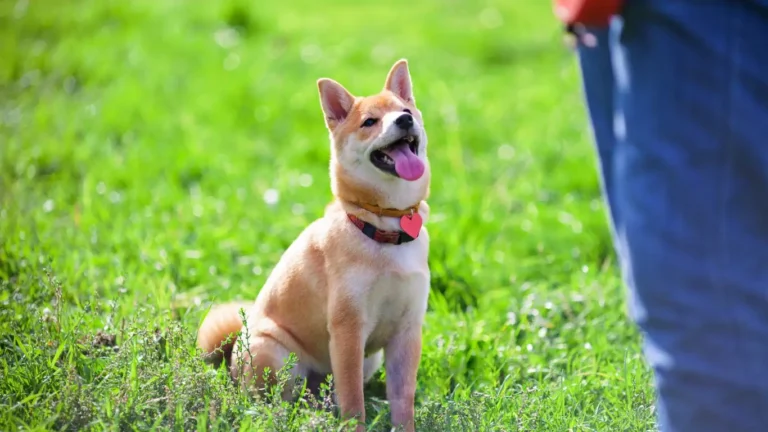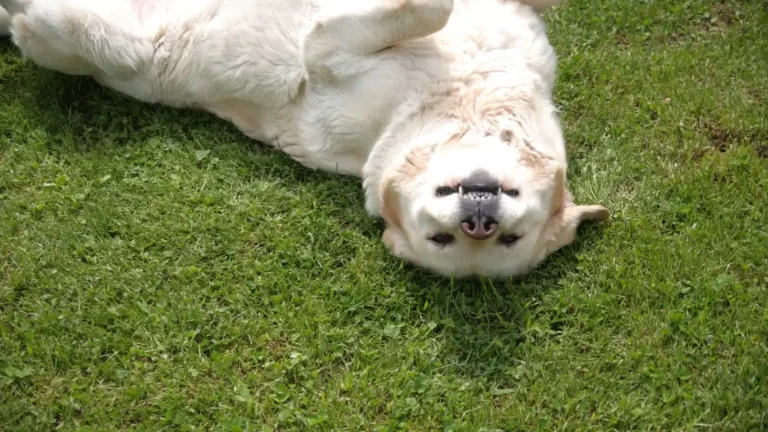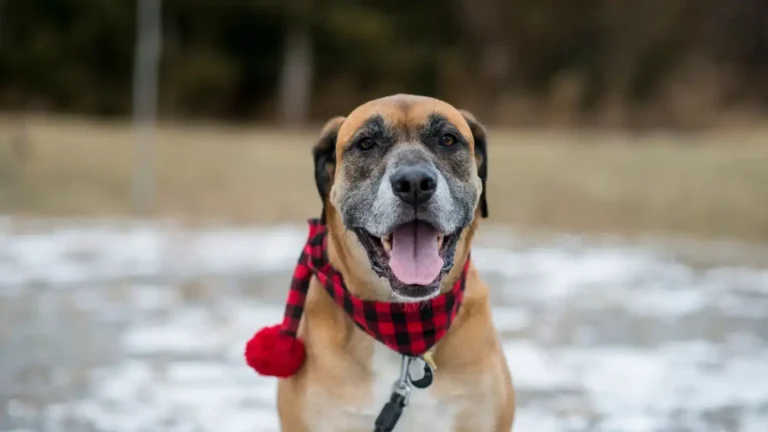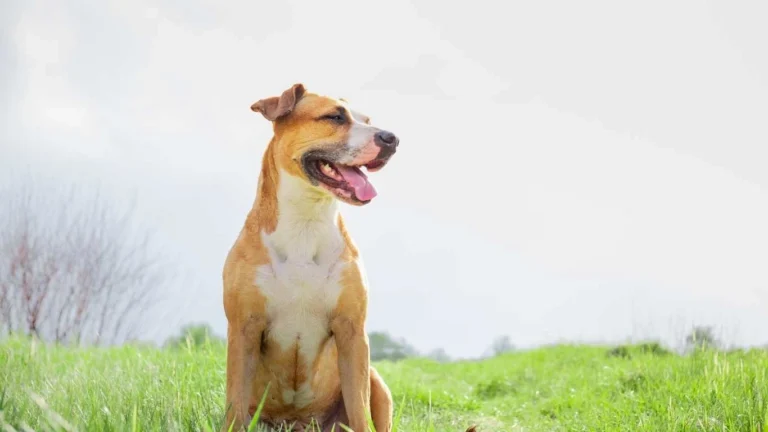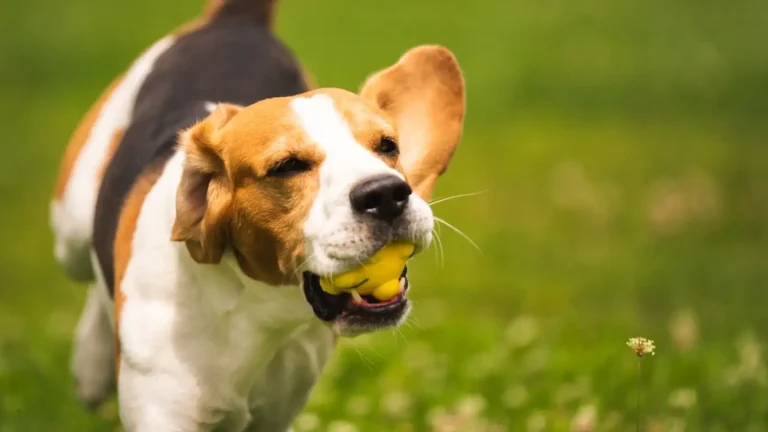Why Clicker Training Works Wonders: How to Train a Dog to Respond Fast
Ever wondered how to train a dog to respond to a clicker? You’re definitely not alone. When I first started working as a Canine-Assisted Therapy Trainer, I had this scrappy little rescue pup named Milo who had zero interest in treats, toys, or listening to anything I said. What finally got through to him? You guessed it—the clicker. That tiny, unassuming device turned out to be a game changer. And if it worked for stubborn little Milo, trust me, it can work for your pup too.
Why Clicker Training Works
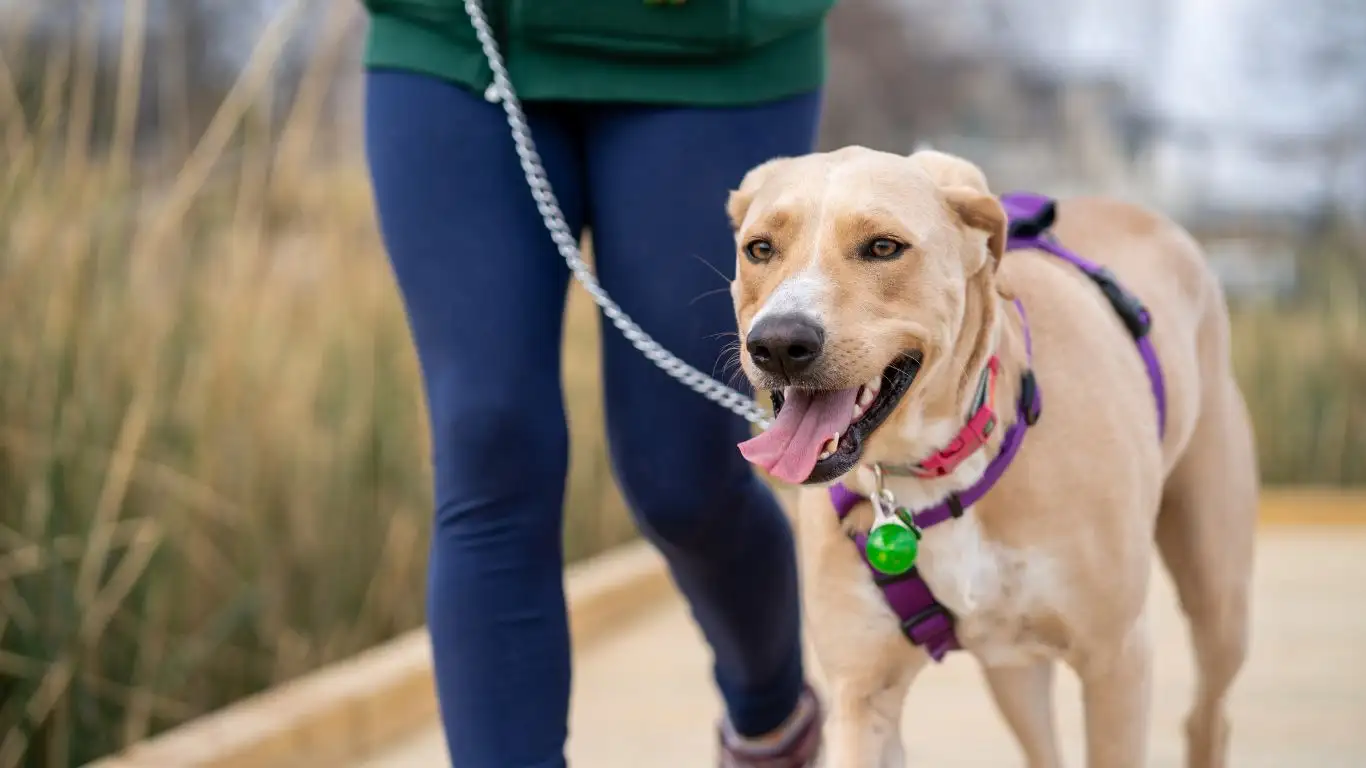
So, what’s the big deal with a clicker anyway? At its core, a clicker is just a tool that marks the exact moment your dog does something right. It gives clear, consistent feedback—way clearer than just saying “Good dog!” with varying tone and timing. The science behind it is rooted in operant conditioning, where dogs learn to associate the sound of the click with a reward.
Now, you might be thinking, “Can’t I just use my voice?” Sure, but here’s the kicker—your voice changes. Maybe you’re tired, stressed, or distracted. A clicker, on the other hand, is always the same sound. That consistency helps your dog learn faster and with less confusion. I’ve seen it firsthand in therapy sessions with dogs that needed to learn gentle cues for working with kids, seniors, or people with anxiety. The clicker kept things calm, clear, and efficient.
But Is Clicker Training Right for Every Dog?
In my experience—most of the time, yes. But let’s keep it real: some dogs may take a bit longer to catch on, especially if they’re super shy or nervous. That’s okay. Clicker training is incredibly flexible. You can go at your dog’s pace, whether you’re teaching basic commands or more advanced service tasks. In therapy settings, I often start slow, pairing the clicker with something high-value like freeze-dried liver treats (yep, the stinkier the better!) just to make sure we’re starting off with a strong association.
Getting Started: The Click-Treat Connection
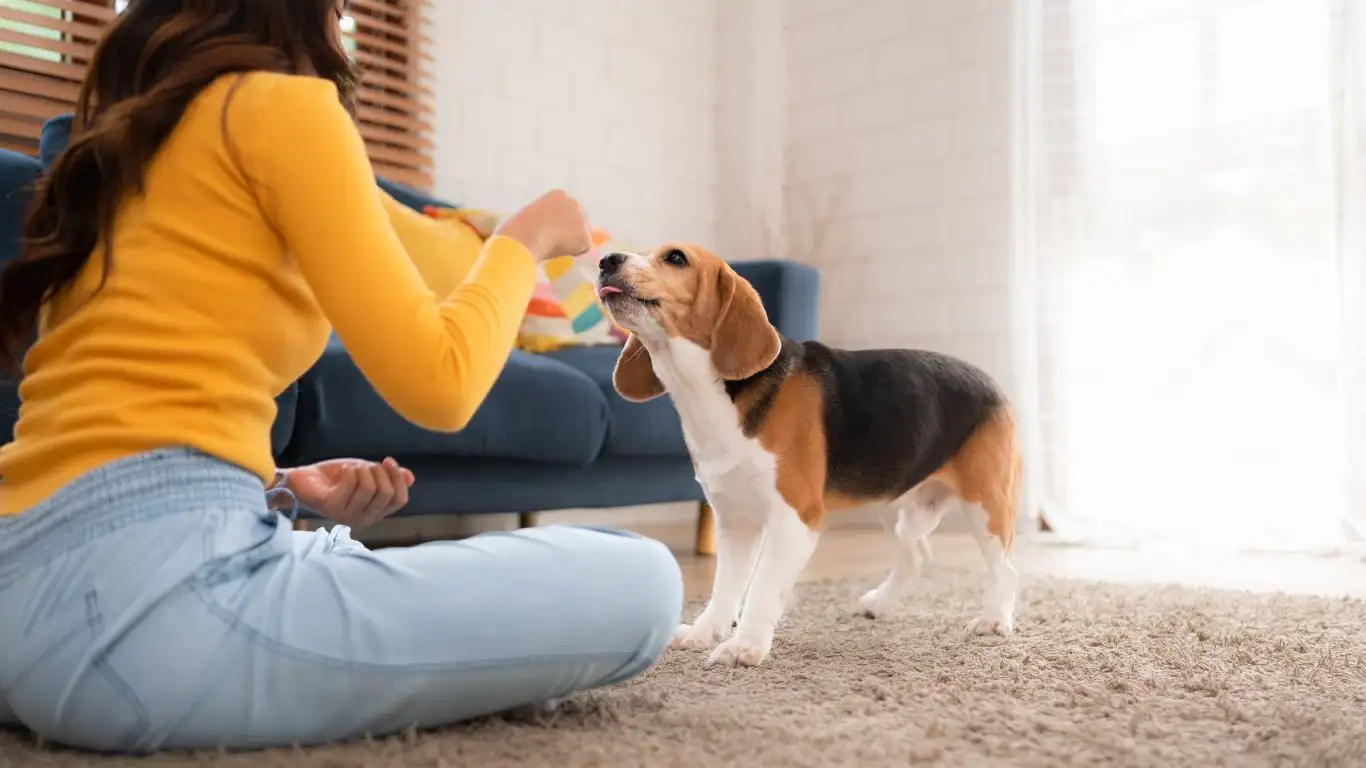
Alright, let’s dive into the first steps of how to train a dog to respond to a clicker. The foundation is super simple: click = treat. That’s it. No commands yet. No tricks. Just building the connection.
- Grab your clicker and a handful of your dog’s favorite treats.
- Make sure you’re in a quiet space with minimal distractions—your living room works just fine.
- Click the device, then immediately give your dog a treat. No delay. The reward should come right after the click, not before, not during. Timing is everything here.
- Repeat this process 10–15 times in a row. You’re not asking your dog to do anything yet; you’re just helping them connect that “click” sound with something awesome.
After a few short sessions (and trust me, keep them short—dogs learn better in bursts), your pup will start perking up every time they hear the click. That’s when you know the light bulb has gone off. For one of my therapy dogs, Bella, it only took two sessions before she started wagging her tail the second she heard the sound. And that’s when the real fun starts.
Common Mistakes to Avoid
I’ve seen a lot of folks get excited and rush into commands right away, but slow your roll just a bit. Let your dog marinate in the click-treat process before introducing behaviors. Another big mistake? Clicking too late. If your dog sits, and you click *after* they’ve already stood up again, you’re not reinforcing the sit—you’re reinforcing… standing up. Not what you want!
Also, don’t forget to treat after every click in the beginning. Skipping treats breaks the trust and makes the clicker less valuable. Eventually, yes, you can fade the treats out or vary them, but not in the early days.
When and Where to Train

Early training is best done somewhere familiar and calm—your kitchen, a quiet backyard, or even your hallway. Once your dog is solid on the clicker-treat connection, you can start to generalize that training in new environments, which is especially useful if you’re aiming for therapy or service work. I’ve trained dogs in classrooms, hospitals, and community centers. But every single one of those dogs started in a calm, cozy spot at home where they felt safe and focused.
And hey, don’t be afraid to keep it fun. Bring in some play, throw in some praise, and keep those sessions short and sweet—about 5 to 10 minutes tops. Your dog (and your sanity) will thank you for it.
Introducing Behaviors with the Clicker

Now that your pup understands the magic sound = tasty treat, we can start layering in some real training. This is where it starts to get fun! One thing I always emphasize when people ask me how to train a dog to respond to a clicker is that timing and consistency are still your best friends here. You’re basically shaping behavior now, rewarding the actions you want more of.
Start Simple: Basic Commands with Clicker Reinforcement
Let’s use “sit” as an example. Most dogs naturally sit at some point, so the easiest way to start is to capture that behavior rather than force it. Here’s how I do it:
- Have your clicker and treats ready while your dog is hanging out with you.
- Wait until your dog naturally sits—don’t cue it, just observe.
- The moment their butt hits the ground, click and treat.
- Do this several times until your dog starts offering the behavior more frequently.
- Once they get the hang of it, you can start adding your verbal cue “sit” right before they do it.
With Bella, one of my therapy pups, I remember her catching on to “sit” in one afternoon using this exact method. She was smart, but more importantly, she loved chicken jerky. The clicker just helped speed things along by giving her immediate, consistent feedback.
Shaping More Complex Behaviors

Once your dog is comfortable with basic cues, you can start shaping more advanced or multi-step behaviors. This is especially useful for therapy or service dogs that need to perform specific tasks like retrieving items, opening doors, or calming someone down during a panic attack.
I like to break these down into what I call “micro-wins.” Let’s say you’re teaching your dog to ring a bell to go outside. You might shape it like this:
- Click and treat when they look at the bell.
- Then click only when they move toward it.
- Next, only click when they touch it with their nose or paw.
- Finally, click when they ring the bell fully.
It’s like sculpting—you’re rewarding each tiny step toward the final picture. One of the therapy labs I trained actually learned to alert her owner to a low blood sugar episode this way. We broke the process into bite-sized actions and reinforced each one until she nailed it consistently.
Using Clicker Training in Real-Life Scenarios
Here’s where it gets really powerful. You can use clicker training outside the home—in vet clinics, schools, and even crowded public spaces. With enough positive reinforcement history behind that little “click,” it becomes a way to keep your dog focused even in overwhelming environments.
In one memorable case, I was training a dog named Tucker to assist a young boy on the autism spectrum. We used the clicker not just for tasks, but also to reinforce calm behavior during overstimulating situations—like a noisy cafeteria. Tucker learned that staying still and focused earned him clicks and high-value rewards, and over time, those behaviors became second nature.
Tips for Keeping Sessions Engaging
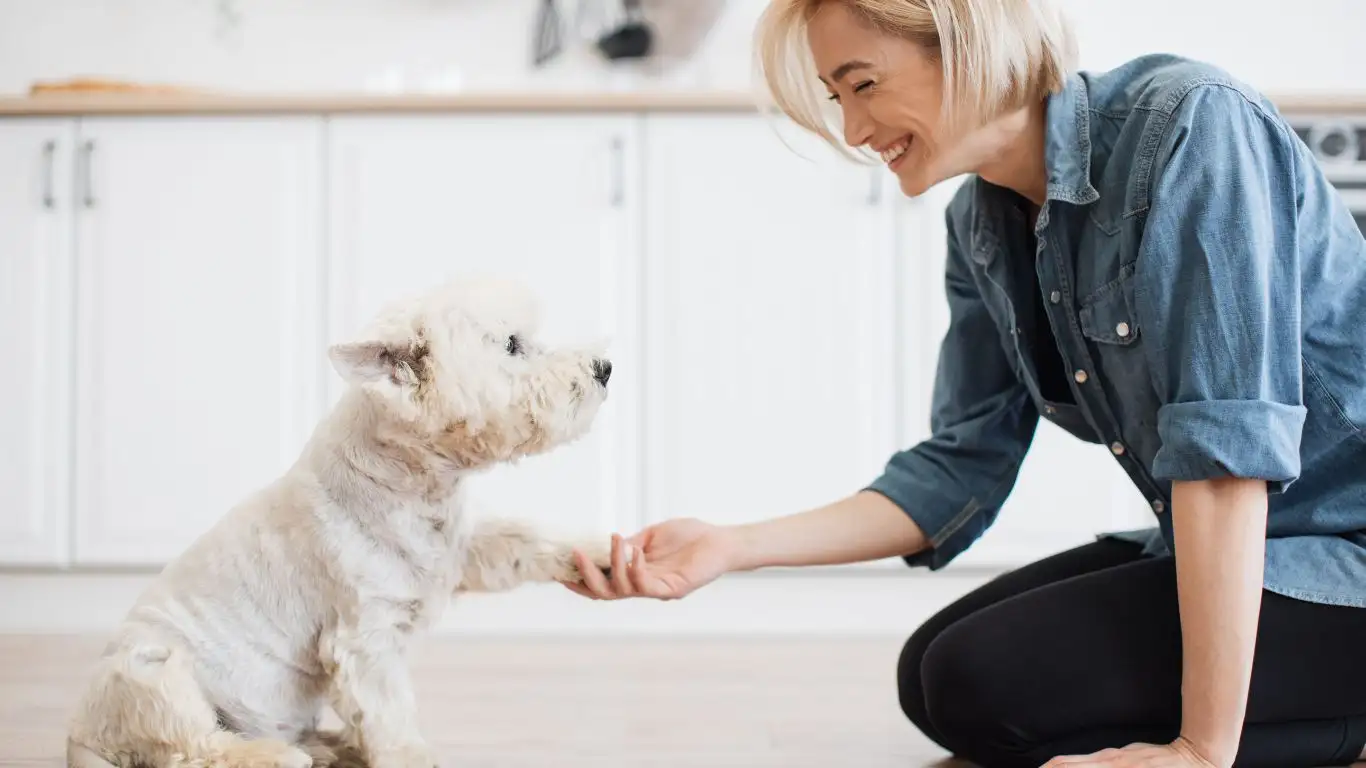
Look, dogs get bored just like we do. If you’re doing the same drill over and over, they’ll lose interest fast. Here are a few things I like to mix into sessions to keep things fresh:
- Change up the treats: rotate between soft chews, crunchy snacks, and real food like tiny bits of cheese or cooked meat.
- Switch environments: practice in different rooms, on a walk, or in the yard to generalize the behavior.
- Incorporate play: use a tug toy or a short fetch break as a reward instead of a treat now and then.
One trick I swear by is the “surprise jackpot.” Every so often, I’ll give an especially big reward—maybe three treats in a row or a super fun toy toss—when my dog nails a behavior I’ve been working on. That kind of unpredictability keeps them super motivated.
When to Fade the Clicker (and How)
Eventually, you’ll want your dog to respond to cues without needing a click every time. Here’s how I approach that:
- Start by rewarding only some successful attempts—think of it like a slot machine: they never know when the big win is coming.
- Use other forms of reinforcement, like verbal praise, pets, or play.
- Keep the clicker handy for new behaviors or when reinforcing in tough situations.
I still keep a clicker in my bag during therapy visits, just in case I need to sharpen a behavior or reinforce something unexpected. It’s like having a trusty backup plan—small, simple, but super effective.
Troubleshooting: When Clicker Training Isn’t Clicking
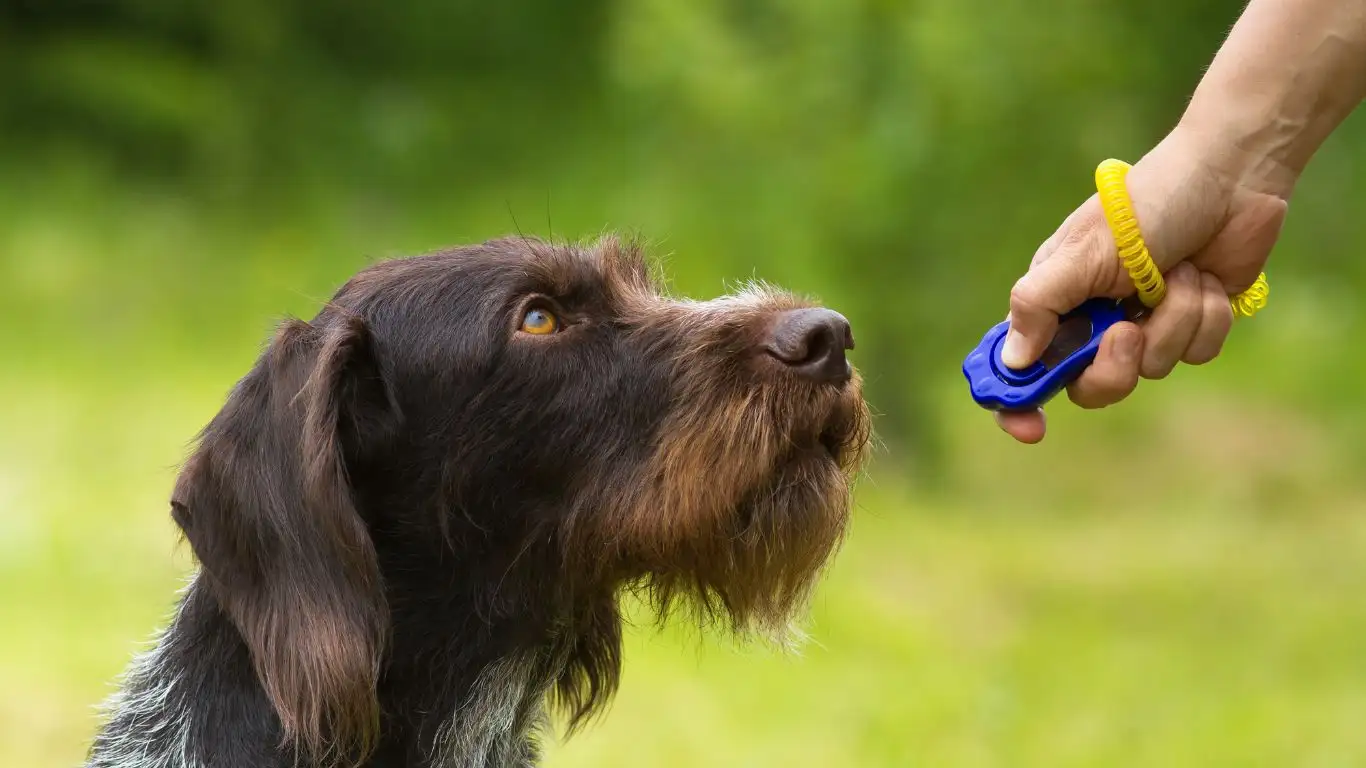
So you’ve been at it for a bit, but things feel… off. Maybe your dog just stares blankly after you click. Or worse, gets amped up and starts barking or jumping around instead of offering the behavior you want. Don’t worry—it happens to the best of us. I remember working with a spirited spaniel named Riley who would sprint in circles every time he heard the click. Turns out I had been clicking *too late*, and he was associating the sound with running, not sitting. Rookie mistake, even for a pro.
Common Pitfalls and Fixes
- Click Timing is Off: Practice clicking the moment the desired behavior occurs—not before, not after. A delay of even half a second can create confusion.
- Too Many Distractions: If your dog’s not responding, try moving back to a quieter environment to reinforce the behavior. Gradually add distractions once your dog has mastered the cue.
- Lack of Motivation: If your dog isn’t food-motivated, try high-value treats or switch to toys, praise, or affection. My therapy pit bull, Luna, preferred tug toys over treats any day.
- Overusing the Clicker: Don’t click for everything. Use it intentionally to reinforce specific behaviors—not just for existing cues your dog already knows inside-out.
And if you’re still stuck, don’t hesitate to get help. Consulting with a certified dog trainer can be a total game changer. I often collaborate with trainers who specialize in behavior modification, especially when working with therapy dogs who have anxiety or reactivity issues. Teamwork makes the tail wag!
Taking Clicker Training to the Next Level

By now, you and your pup probably have a pretty solid groove going. You’ve mastered the basics, worked through distractions, and maybe even added a few fun tricks into the mix. So what’s next?
If you’re training for therapy or service work, the clicker can continue to play a crucial role. I use it all the time to reinforce calm, grounded behavior in high-stress environments like hospitals and schools. One of my most memorable cases involved a retriever named Cooper who assisted veterans dealing with PTSD. We used the clicker to mark quiet, grounding behaviors—things like resting his head on someone’s lap or nudging a hand during anxiety spikes. Those little signals became a lifeline for the people he supported.
Creative Ideas for Advanced Training
Looking to spice things up and keep training exciting for both of you? Here are a few advanced ideas to try using your clicker:
- Object Retrieval: Teach your dog to bring specific items by name like “keys” or “leash.” Use the click to mark when they interact with or pick up the item.
- Target Training: Use a target stick or your hand as a guide. Click when your dog touches the target with their nose. Great for service tasks!
- Behavior Chains: Link multiple commands together, like sit → stay → fetch. Click at the end of the chain, once your dog completes the full sequence.
- Public Manners: Practice behaviors like polite greetings, walking calmly through doors, or ignoring distractions during city walks.
And don’t forget to keep it lighthearted. Not every session has to be a full-blown lesson. Some of the best breakthroughs I’ve seen came when we just played and let the dog offer behaviors on their own. That sense of curiosity and engagement? That’s what you want to keep alive.
Building Trust and Strengthening Your Bond
At the heart of all this is connection. Clicker training, when done right, isn’t just about obedience—it’s about communication, trust, and mutual understanding. I’ve worked with dozens of dogs over the years, and every single one taught me something unique. Whether it was patience, creativity, or just the reminder to laugh when things don’t go as planned, these pups have a way of bringing out the best in us.
And that’s why I love this method so much. It’s not about perfection—it’s about progress, connection, and creating a shared language with your dog that’s rooted in positivity. Whether you’re training a therapy dog, a companion pup, or your next agility star, that little click can open up a whole new world of understanding between you and your four-legged partner.
References
- Association of Professional Dog Trainers
- Victoria Stilwell Positively
- International Association of Animal Behavior Consultants
- American Kennel Club
Disclaimer
This article is intended for informational purposes based on my personal experience as a certified Canine-Assisted Therapy Trainer. While clicker training can be an incredibly effective and humane method, every dog is unique. If your dog is showing signs of aggression, severe anxiety, or behavior issues that feel beyond your comfort zone, consult with a professional trainer or veterinary behaviorist. Always prioritize your dog’s well-being and tailor any training approach to their specific needs.

